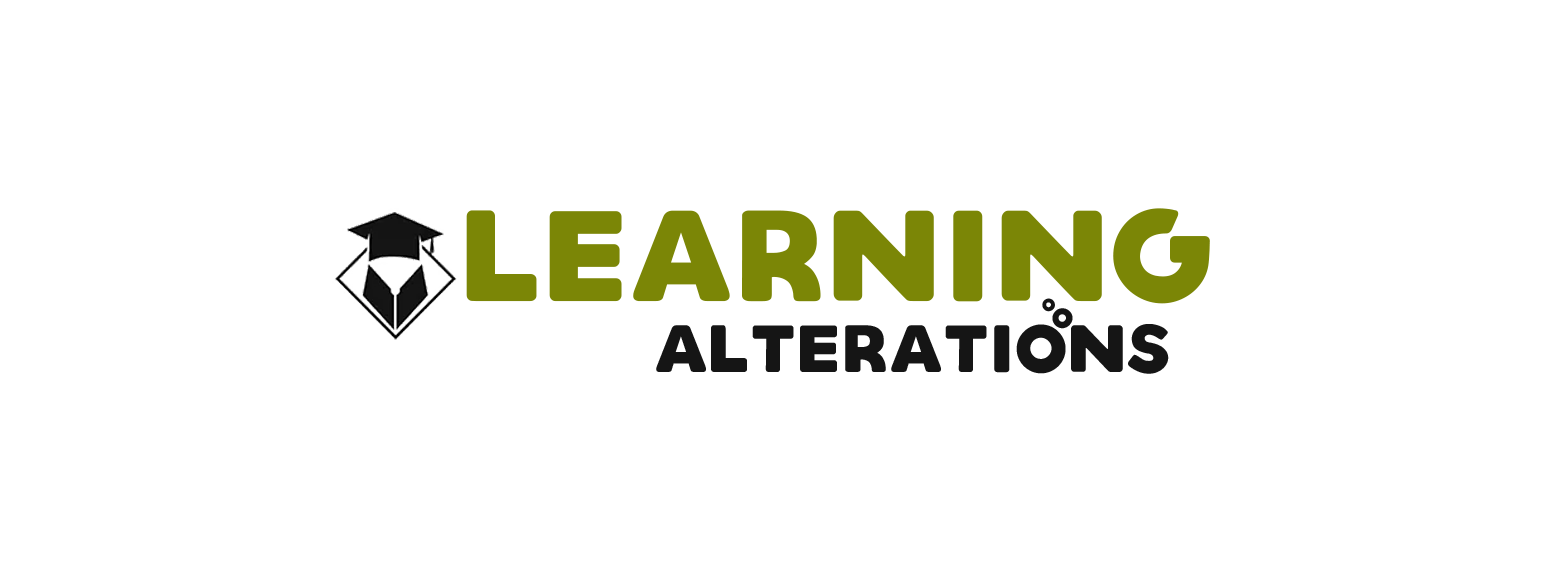Choosing the right early learning centre for your child ranks among the most important decisions parents make. Finding the best preschool Singapore offers requires careful planning and keen observation during your visit. A single visit can reveal whether a school will nurture your child’s growth and development.
What to Look for in Learning Spaces
The physical environment tells you much about a school’s approach to education. Well-organised classrooms with age-appropriate materials show that teachers plan activities thoughtfully. Natural light, child-sized furniture, and accessible resources create spaces where young learners can explore safely.
Checking Safety Features and Protocols
Safety measures should be visible throughout the facilities you visit. Secure entry points, properly maintained playground equipment, and clear emergency procedures protect children daily. Staff should demonstrate awareness of safety protocols and respond quickly to potential hazards.
Observing Child-to-Teacher Ratios
Small class sizes enable teachers to give each child proper attention and support. Quality centres maintain ratios that allow for meaningful interactions between adults and children. Watch how teachers engage with students during your visit to gauge the quality of these relationships.
Understanding the Daily Schedule Structure
Balanced Activity Programming
A well-planned day includes various activities that support different aspects of child development. Look for schedules that balance active play, quiet time, creative activities, and structured learning. The best preschool Singapore programmes avoid overstimulating children with too many activities in one day.
Meal and Rest Time Organisation
Proper nutrition and rest periods are essential for young children’s wellbeing. Schools should provide healthy meals and snacks while accommodating dietary restrictions and preferences. Rest periods should be calm and comfortable, allowing children to recharge for afternoon activities.
Transition Management Between Activities
Smooth transitions between activities show that teachers understand child development and classroom management. Children should move easily from one activity to another without confusion or distress. Experienced teachers use songs, signals, or routines to help children adapt to changes.
Evaluating Teaching Methods and Philosophy
Play-Based Learning Approaches
Quality early childhood programmes recognise that children learn best through play and exploration. Teachers should facilitate learning rather than simply direct it, allowing children to discover concepts naturally. Top preschools balance structured activities with free play opportunities.
Individual Learning Support Systems
Every child develops at their own pace and in their own way. Effective teachers observe each child’s strengths and challenges, adapting their approach accordingly. Look for evidence that staff recognise and support different learning styles and developmental stages.
Communication and Documentation Methods
Regular communication between teachers and parents supports children’s learning at home and school. Quality facilities use various methods to share information about daily activities and developmental progress. Clear documentation helps parents understand their child’s growth and achievements.
Assessing Social and Emotional Development
Peer Interaction Opportunities
Social skills develop through interactions with other children in structured and unstructured settings. Watch how children work together during group activities and resolve conflicts with adult guidance. The best preschool environments encourage cooperation, sharing, and friendship building.
Emotional Support Systems
Young children experience big emotions and need help learning to manage them effectively. Teachers should respond to children’s emotional needs with patience and understanding. Look for evidence that staff help children identify feelings and develop coping strategies.
Behaviour Guidance Techniques
Positive discipline approaches help children learn appropriate behaviour while maintaining their self-esteem. Quality centres use gentle guidance and natural consequences rather than punishment. Teachers should model the behaviour they expect from children.
Practical Considerations for Parents
Location and Transportation Options
Convenience matters when you’re managing daily drop-offs and pick-ups alongside work schedules. Consider traffic patterns, parking availability, and public transport access when evaluating options. Your ideal choice should fit your family’s practical needs and daily routine.
Fees and Payment Structure Clarity
Educational costs represent a significant investment for most families. Request clear information about tuition fees, additional costs, and payment schedules before making decisions. Compare what’s included in fees across different schools to understand true value.
Enrollment Process and Requirements
Understanding admission procedures helps you plan ahead and avoid disappointment. Some schools have waiting lists or specific enrollment periods that affect your timeline. Reputable centres provide clear information about their application process and requirements.
Making Your Final Decision
Comparing Multiple School Visits
Visiting several schools helps you understand what’s available and what matters most to your family. Take notes during each visit and ask similar questions to make fair comparisons. When searching for the best preschool Singapore has to offer, ensure your final choice aligns with your values and expectations.
Trusting Your Instincts About Fit
Beyond checklists and criteria, your gut feeling about a school matters enormously. Consider how welcomed you felt, how comfortable your child seemed, and whether the environment felt right. The right choice should feel like a natural extension of your family’s values.
Following Up After Your Visit
Contact schools with additional questions or concerns that arise after your visit. Request references from other parents if possible to gain different perspectives. Take time to discuss your impressions with your partner before making this important decision.






